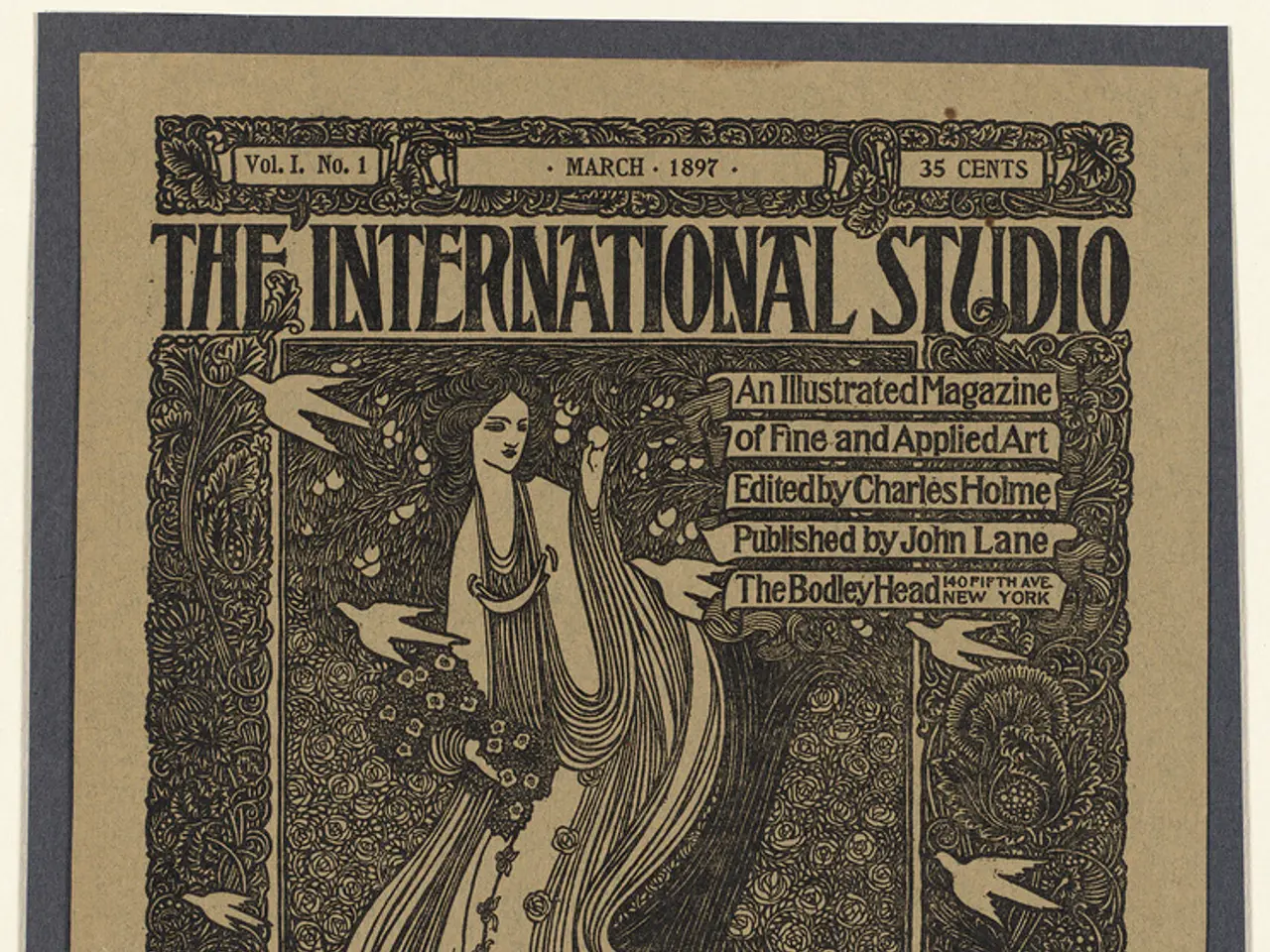War's Impact on Artistic Development and Study
The life of many Islamic artists has been shaped by the omnipresent shadow of war, from the Suez Crisis to ongoing conflicts in Palestine and Gaza. This reality has had a profound impact on the study of Islamic art history, a field deeply entangled with the dynamics of colonialism and postcolonialism.
During the colonial period, European powers, particularly Western European empires, engaged in military conquest and political domination in Muslim lands. This colonial rule not only brought no peace to postcolonial states but also shaped the framing of Islamic art history by colonial scholars. European colonialism tended to impose its own narratives and aesthetic values, sometimes appropriating Islamic art objects and motifs into Western museums and academic discourse.
The Ottoman Empire's military and political reforms in the late 18th and early 19th centuries involved adopting European military technology and styles while trying to reform society. This cultural shift, influenced by military power, has been a significant topic of study within Islamic art history to understand the period’s changing aesthetics and politics.
In the postcolonial context, struggles for national independence often coincided with intellectual movements to reclaim authentic Islamic identities, including through art history. Reformist thinkers in the early 20th century, reacting to the dissolution of the Ottoman caliphate after World War I, sought to reinterpret Islamic traditions in ways that countered colonial narratives and revived Islamic political and cultural pride. This political and ideological reawakening impacted how Islamic art history was produced and contextualized, often as a form of cultural resistance to colonial domination.
War has critically shaped both the study and interpretation of Islamic art history, often influencing it as part of larger cultural and political power struggles. The erasure and belittling of indigenous interpretive frameworks in Islamic art is often labeled as intuitive, mystical, or uncritical, while Western modes of seeing are cast as analytical, dispassionate, rational, and implicitly, superior.
Key points in this complex relationship include:
- Colonial wars led to Western dominance that shaped the study, collection, and display of Islamic art within colonial frameworks.
- Ottoman military reforms influenced cultural shifts that are studied within Islamic art history to understand the period’s changing aesthetics and politics.
- Postcolonial efforts to recover Islamic identity post-war and colonialism also shaped art historical narratives, stressing authenticity and reformist reinterpretations.
The generational shift of Muslim scholars seeking to reclaim and reinterpret their heritage presents an opportunity to reimagine the epistemic foundations of the field of Islamic art history. It is essential to engage with the deeper structures of Islamic belief, its influence on aesthetics, ethics, space, and meaning, in the study of Islamic art.
The link between war and history writing predates modern colonialism, with war being a narrative origin for many historical texts, including Homer's Iliad and Odyssey, Thucydides's History of the Peloponnesian War, and Islamic Maghazi literature. The European desire to possess Islamic objects grew tremendously during the Renaissance and the Age of Discovery, with acquisition methods including trade, gift giving, bequests, purchase, digging, bribing, purchasing, or plundering.
In debates on Late Antiquity, Islamic art is often seen as derivative rather than generative, marginal rather than central. The act of "discovery" in Islamic art functions not only as appropriation but also as epistemic dispossession. Institutional and epistemological imbalances persist today, with top academic positions, publications, and museum collections centered in the West, and local traditions of interpretation and scholarship in Islamic languages often dismissed.
The very foundations of Islamic art history as a field are colonial, with one-directionality being a persistent issue, where one civilization observes, classifies, and interprets the cultural production of another, while the latter remains largely excluded from the process. The conceptual impasse in the study of Islamic art is most visible in the historical amnesia surrounding 19th- and 20th-century Islamic art.
As we move forward, it is crucial to address these historical imbalances and re-evaluate the epistemic foundations of Islamic art history. This will involve a more inclusive and nuanced understanding of the field, one that acknowledges the complex relationship between war, colonialism, postcolonialism, and the study of Islamic art history.
- The impact of wars on Islamic art history has been significant, shaping the study of this field and often influencing it as part of larger cultural and political power struggles.
- Engaging with the epistemic foundations of Islamic art history, contemporary scholars have an opportunity to reimagine the field by addressing historical imbalances and acknowledging the complex relationship between war, colonialism, postcolonialism, and the study of Islamic art.
- The generational shift of Muslim scholars seeking to reclaim and reinterpret their heritage is crucial for re-evaluating the western-centric perspective in the study of Islamic art, focusing on understanding the deeper structures of Islamic belief and their influence on aesthetics, ethics, space, and meaning.
- Reformist thinkers in the early 20th century reacted to the dissolution of the Ottoman caliphate after World War I by seeking to reinterpret Islamic traditions in ways that countered colonial narratives and revived Islamic political and cultural pride, influencing the production and contextualization of Islamic art history.
- During the colonial period, European powers imposed their narratives and aesthetic values on Islamic art objects and motifs, often appropriating them into Western museums and academic discourse, thereby shaping the framing of Islamic art within colonial frameworks.




